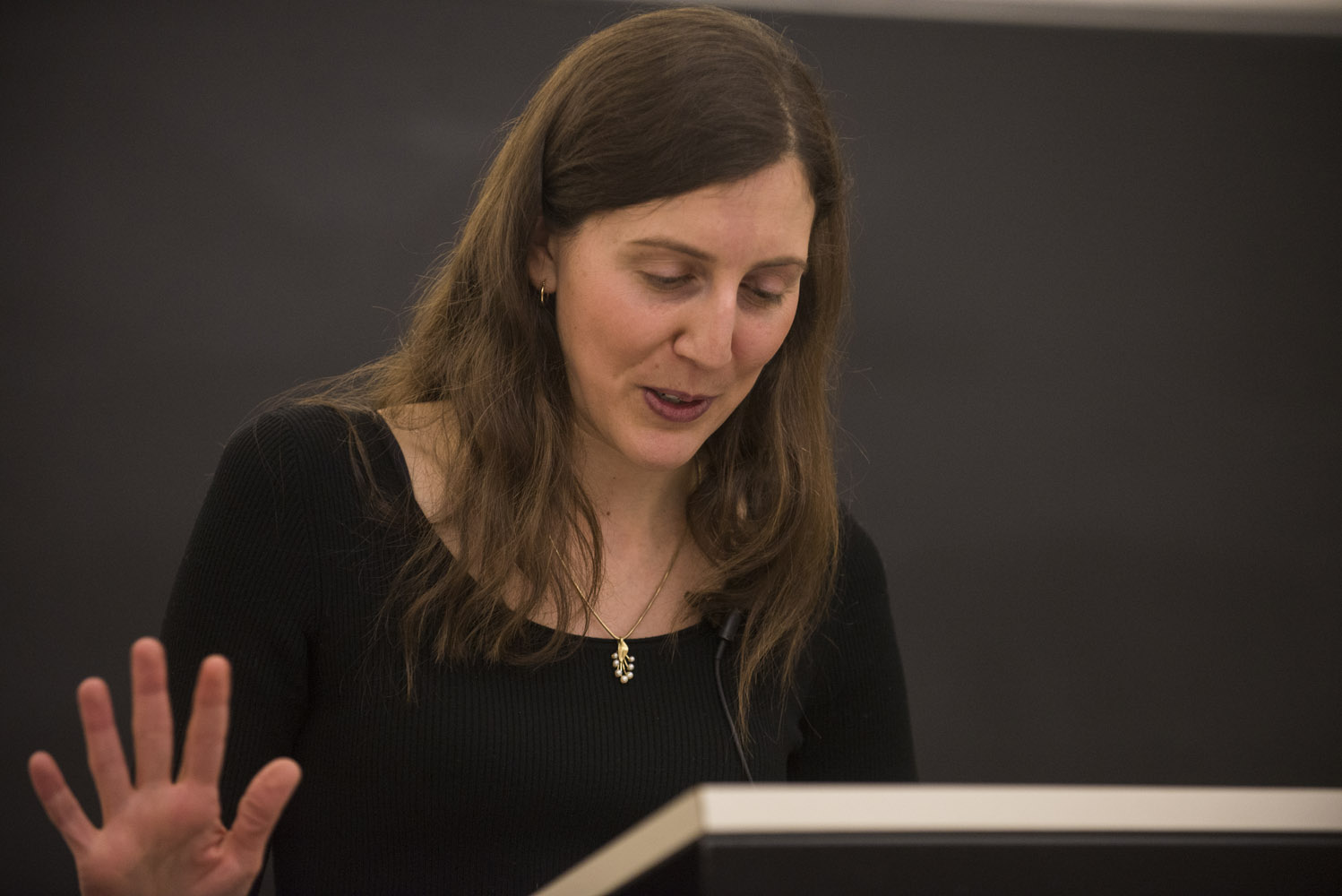The history and current state of non-violent Palestinian prison resistance
Decades of politics have hinged on what transpires in the open spaces of Holy Land and over the lines drawn by the Israel-Palestine conflict. But how have Palestinians responded once removed from the outside and taken into the Israeli prison system?
Last week’s talk, “Prisoner’s Dilemma: Prison-based resistance and the diffusion of activism in Palestine,” sought to answer that question. Given by visiting McGill faculty member Dr. Julie Norman, who specializes in Palestinian civil resistance, the talk drew on her work with prisoners, former heads of Israeli intelligence and security services, and NGOs to shed light on decades of Palestinian prisoner experiences covering, broadly, the events since the Israeli territorial gains of the 1967 Six-Day War until today.
This was a time where, to cope with rising Palestinian resistance, thousands were incarcerated by Israel: some as prisoners, others under the label of ‘administrative detention’ or as ‘security prisoners’ who could be held for up to six months without trial or reason, and whose stay could be indefinitely extended. They were held in conditions Dr. Norman describes as terrible: poor nutrition and sanitation, little access to family, without basics such as writing implements and paper. Some were forced to refer to their jailers as ‘masters.’
Though many Palestinians were imprisoned for violent acts, many more were taken in a bid to ‘confine and diffuse’ the Palestinian drive for independence. Dr. Norman maintains the highpoint of such mobilization came in the ‘70s and ‘80s, mostly because of the unique confluence of social and political events occurring at the time. Ideologies were profuse, ranging across the spectrum, but particularly influential were the socialists and communist with their ideas of communal effort. As the prison system inflated and expanded, Palestinians learned how adapt.
Dr. Norman portrays this organization as happening on all levels in a ‘counter-order’ meant to destabilize the prison system. To deal with collaborators—or ‘birds,’ as they were called—on which every prison system depends on, prisoner groups banded together and maintained silence save for a single spokesperson who interacted with the wardens and acted as liaison. Smuggled radios were brought in and listened to by a select number who transmitted the day’s political news by way of messages secreted in tiny capsules and passed on in palms, mouths, and elsewhere; books were copied, sometimes spliced with other texts to make them harder to decode; group discussions on history, politics, and society were organized; and all throughout, the exterior supported them by political pressure in the form of vigils and marches. Hunger strikes, sometimes carried out by thousands, made force-feeding impossible and gave the prisoners leverage to improve their conditions.
As one interviewee told her, “Everything you find in prison has a story of resistance behind it. For example, the blankets: In Ramallah we had three blankets, though in the beginning we had one, and somebody suffered and resisted to increase the number of blankets. Later in 1991 in Hebron prison, we had six blankets, so through our demands we were able to increase the number over time. Everything you find in prison—the blankets, the cups, the pens, the paper, the books, the food—everything has a story of struggle behind it.” And everything was designed to “disrupt prison order and make it unmanageable.”
With the signing of the Oslo accords in the ‘90s, prison resistance shifted. As the political situation rapidly changed, the make-up and tactics of prisoners likewise shifted. Political fragmentation amongst Palestinians bred cynicism and disillusionment, and the rise of Islamic jihad organizations undid much of the message of nonviolence. The Israelis changed too: frequent transfers, pre-emptive crackdowns, and the increasing use of solitary confinement have chipped away communal action and turned it into individual resistance, even as actual prison conditions have drastically improved.
Yet as Dr. Norman makes clear the method of the fight may have changed, but the nature of the struggle continues.











